When the days grow shorter and the temperatures begin to dip, most gardens retreat into dormancy, trading their vibrant colors for shades of brown and gray. But who says your garden has to sleep through fall and winter? Imagine your outdoor space bursting with blossoms while everything else slumbers—yes, it’s possible! With the right selection of hardy, cool-loving plants, you can turn your garden into a cold-season wonderland. Ready to discover 20 plants that bloom in fall and winter?
Why Plant for Fall and Winter?
Extending Seasonal Interest
Gardening doesn’t have to stop after summer. By choosing fall and winter bloomers, you keep your landscape alive and inviting year-round.
Supporting Pollinators
Many late-blooming plants provide nectar and pollen for bees and other insects that linger longer into the cool seasons.
Beating the Winter Blues
There’s nothing like a splash of color during the gray months to lift your spirits and bring warmth to your surroundings.
20 Plants That Bloom In Fall And Winter
From vibrant perennials to tough shrubs, here’s a curated list of stunning plants that thrive when others fade.
1. Camellia (Camellia sasanqua and Camellia japonica)
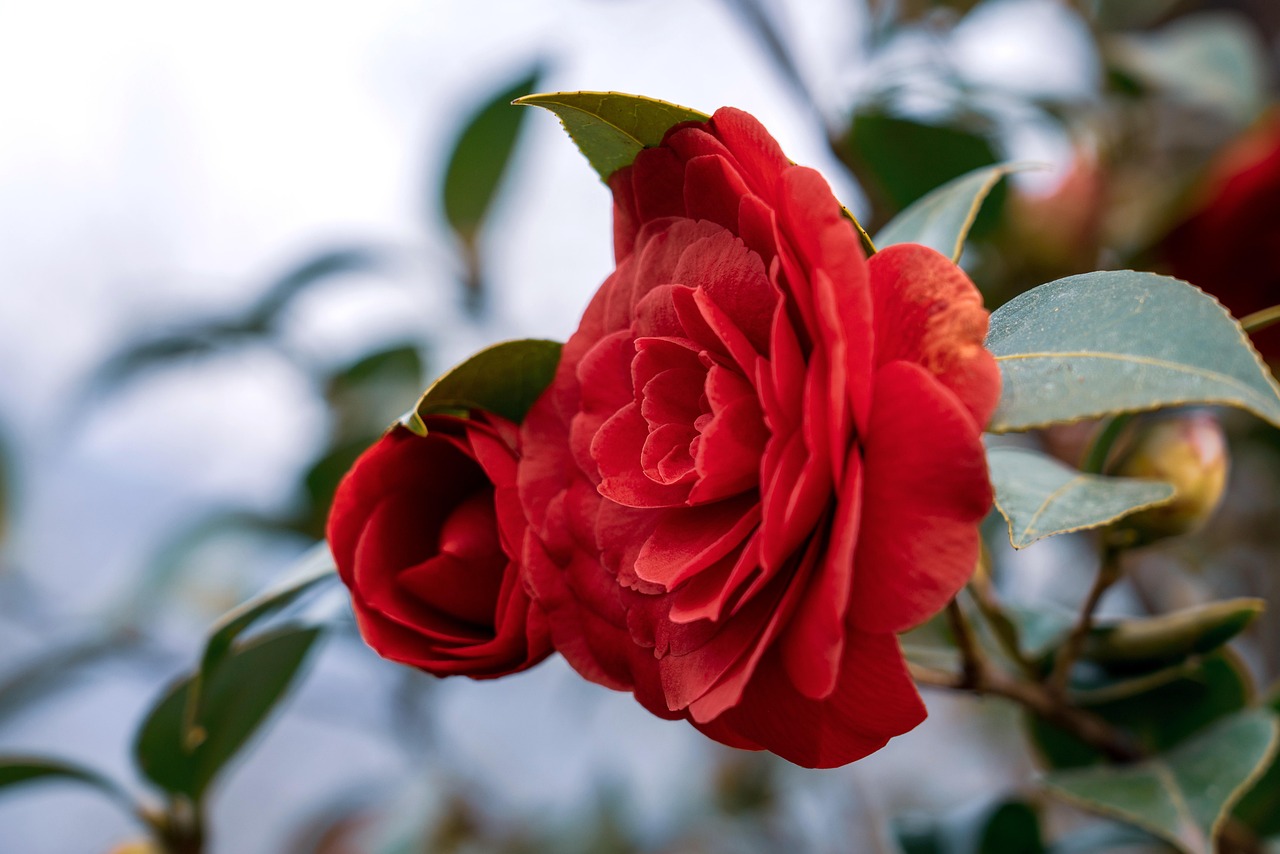
- Bloom Time: Late fall to early spring
- Highlights: Glossy green foliage and showy rose-like blooms
- Why It Stands Out: Camellias are the queens of winter gardens. With varieties blooming in shades of pink, red, and white, they bring elegance to any space.
2. Witch Hazel (Hamamelis spp.)
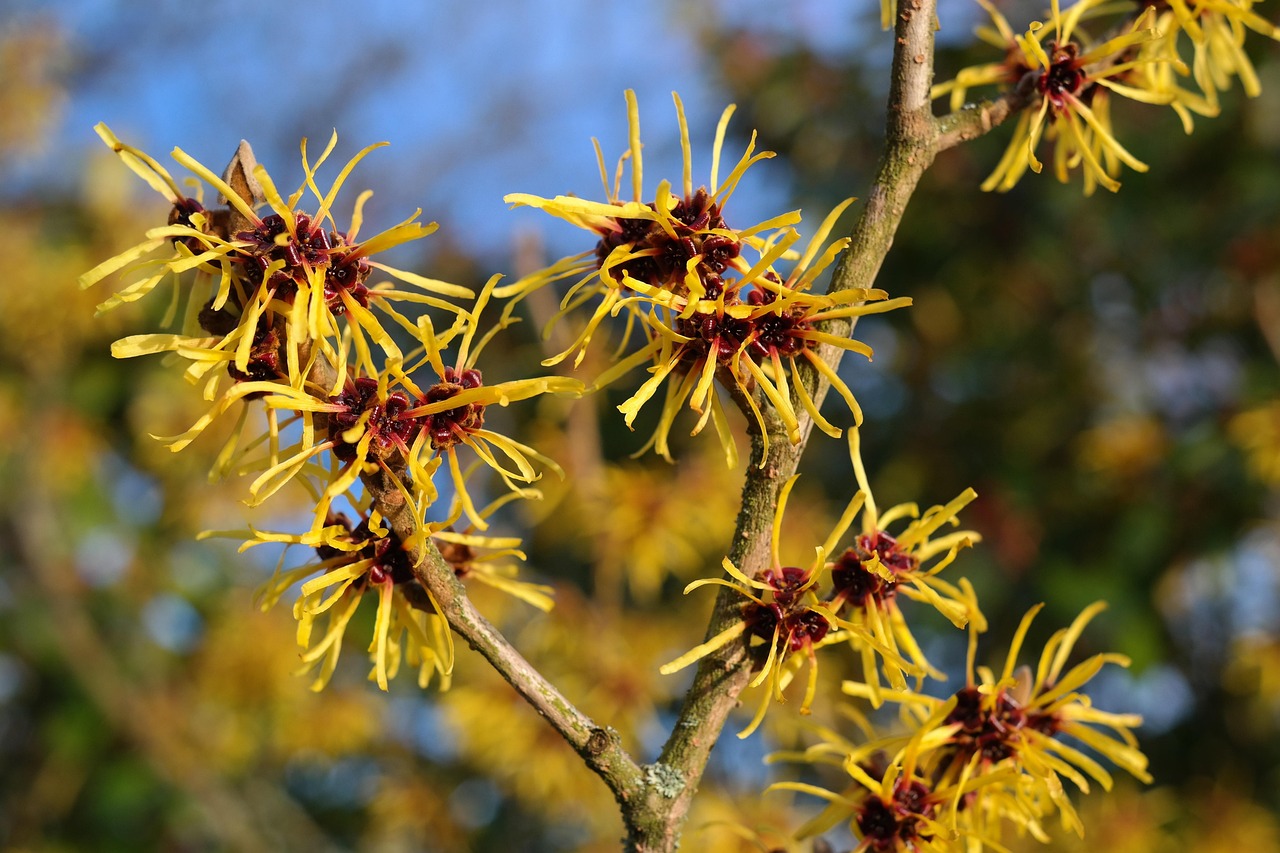
- Bloom Time: Late fall through winter
- Highlights: Spidery flowers in yellow, orange, or red
- Fun Fact: Its fragrant, ribbon-like petals unfurl even during frosty days.
3. Hellebore (Helleborus spp.)

- Bloom Time: Late winter to early spring
- Common Name: Lenten Rose
- Why Gardeners Love It: It pushes through snow to offer delicate blooms in various colors.
4. Pansy (Viola tricolor var. hortensis)
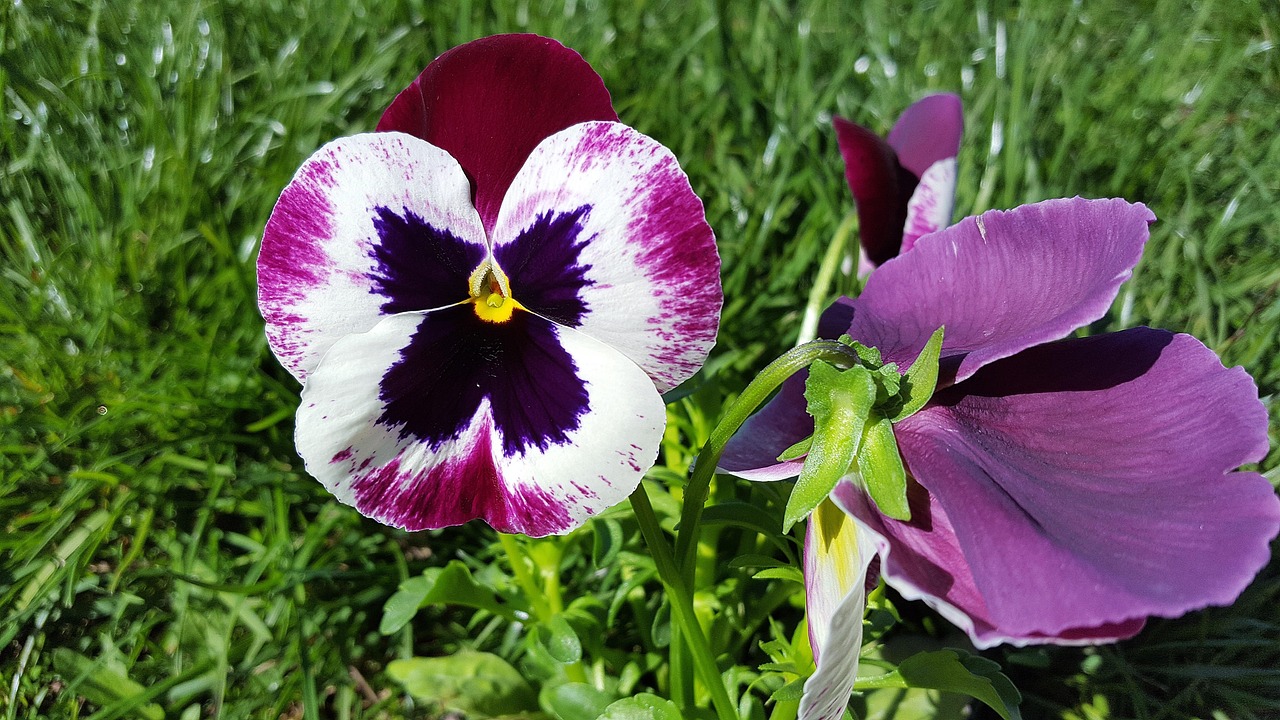
- Bloom Time: Fall into winter (in mild climates)
- Features: Bright, cheerful faces in bold hues
- Tip: Choose cold-tolerant varieties for longer-lasting displays.
5. Snowdrops (Galanthus nivalis)
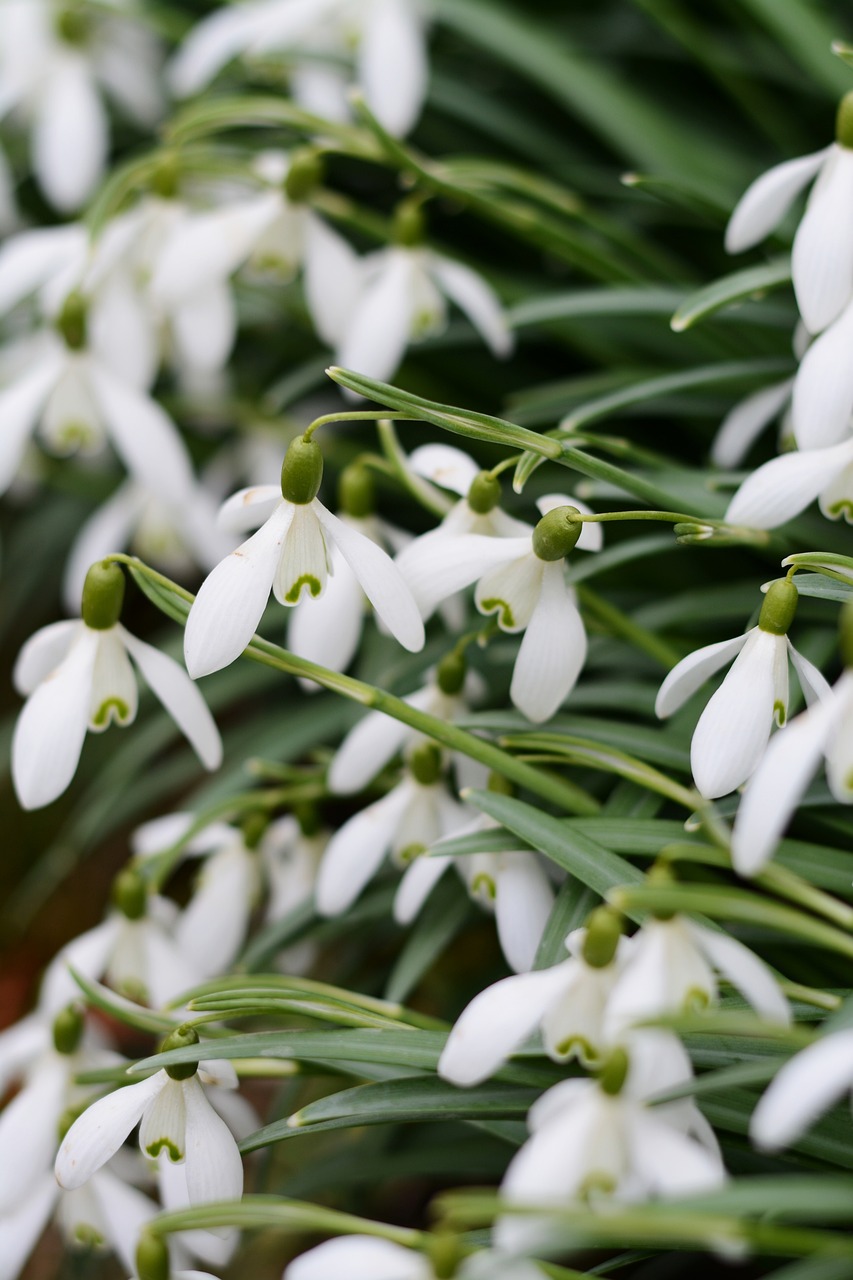
- Bloom Time: Late winter
- Symbolism: Often seen as a harbinger of spring
- Why It’s Special: These dainty, nodding white flowers emerge even through snow.
6. Winter Jasmine (Jasminum nudiflorum)
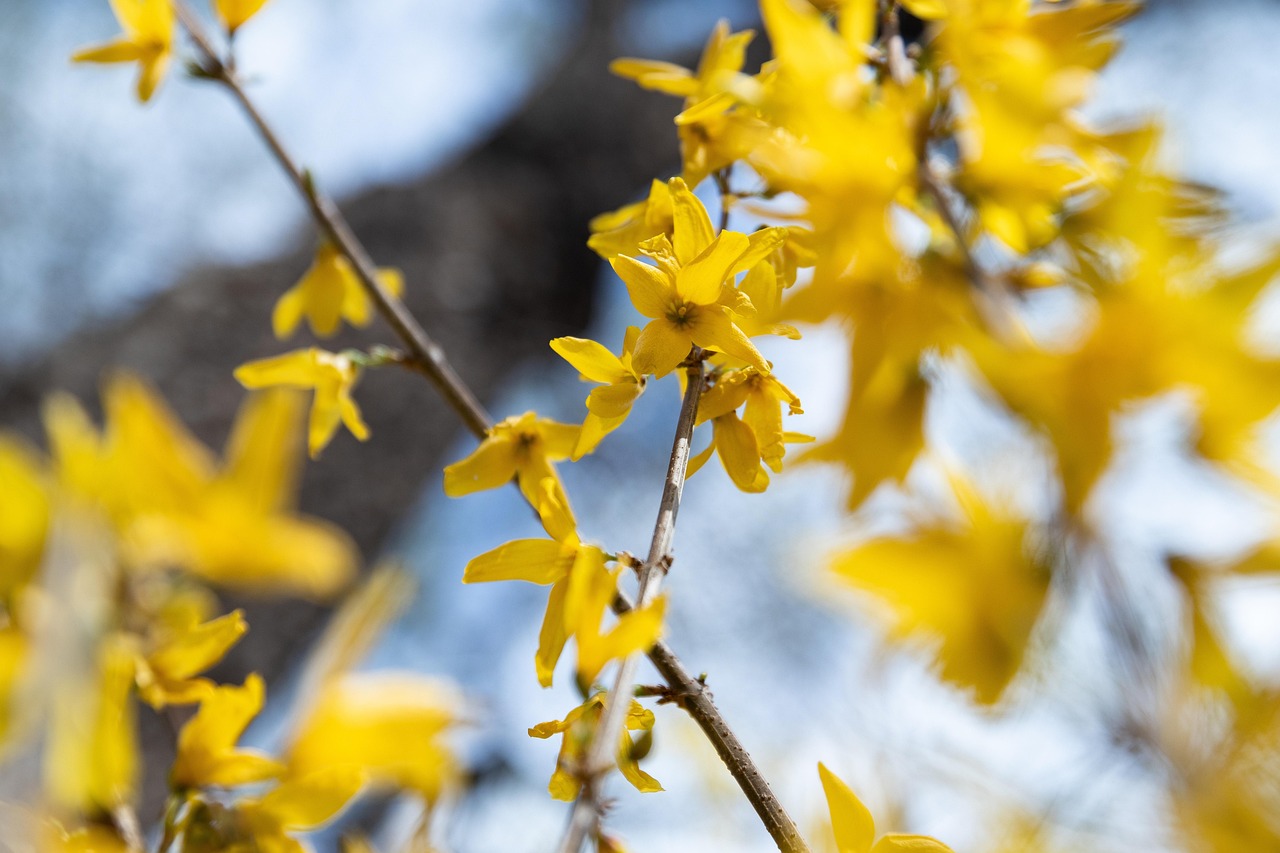
- Bloom Time: Mid to late winter
- Color: Bright yellow
- Unique Trait: Leafless green stems glow with sunshine-colored blooms.
7. Mahonia (Mahonia x media)

- Bloom Time: Late fall to early winter
- Blooms: Spiky yellow flower clusters
- Bonus: Berries follow blooms and feed birds through winter.
8. Cyclamen (Cyclamen coum)

- Bloom Time: Late fall to early spring
- Charming Details: Upswept petals in pinks, purples, and whites
- Adaptability: Excellent for pots and shaded garden beds.
9. Heather (Calluna vulgaris & Erica spp.)
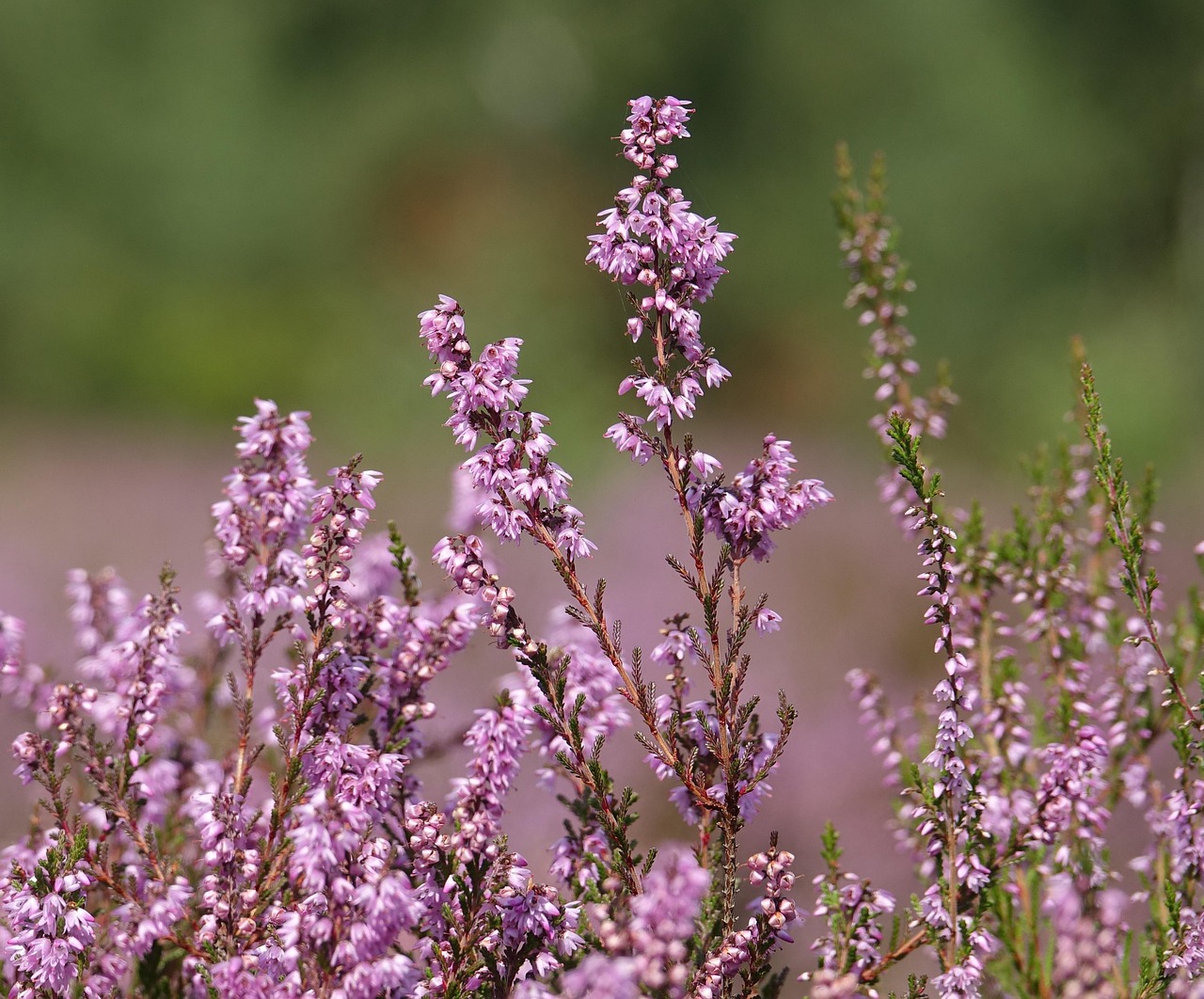
- Bloom Time: Some varieties bloom from fall into winter
- Best Feature: Carpet-like mounds with tiny purple, pink, or white flowers
- Low-Maintenance: Perfect for rock gardens and borders.
10. Sasanqua Camellia (Camellia sasanqua)
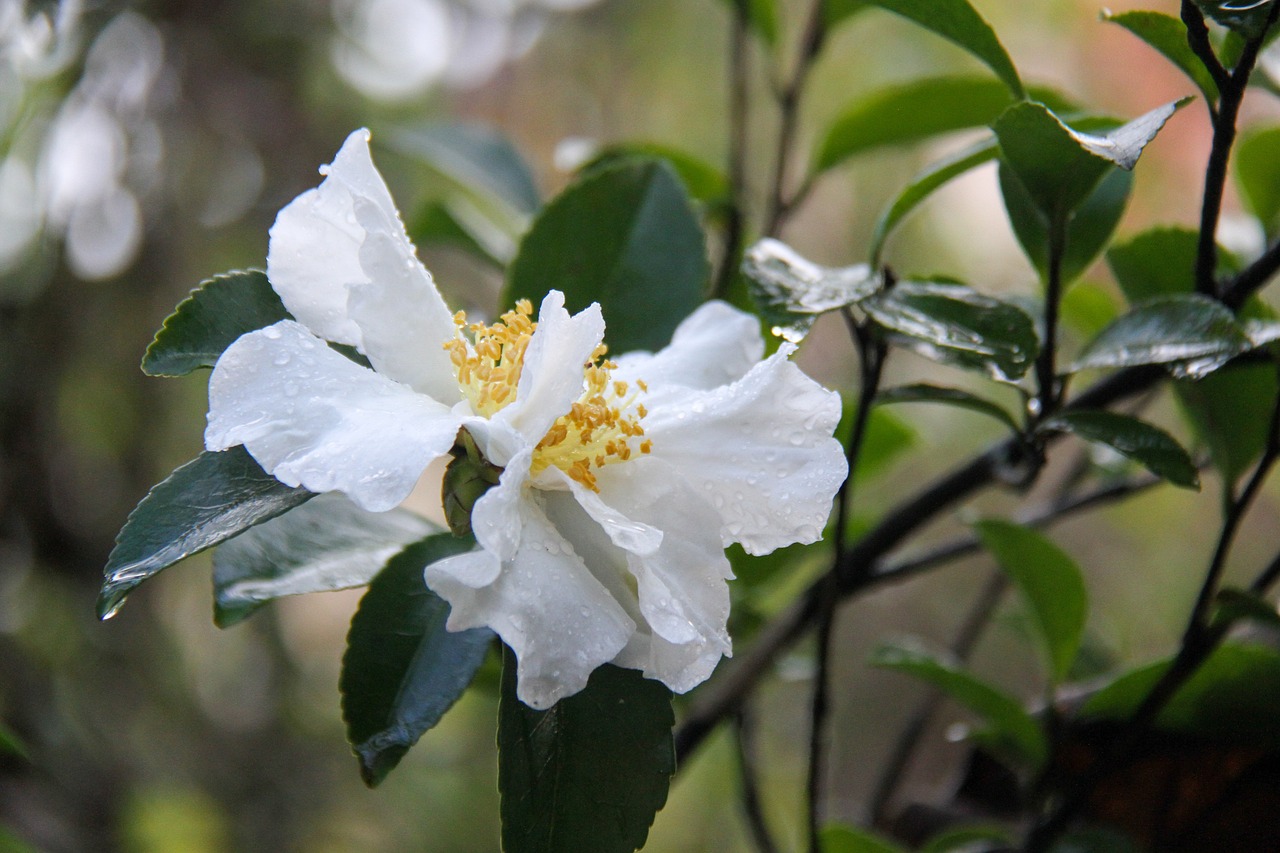
- Bloom Time: Early fall to winter
- Why It’s Different: Smaller and more fragrant than japonica types
- Garden Use: Ideal as a hedge or specimen shrub.
11. Ornamental Cabbage and Kale
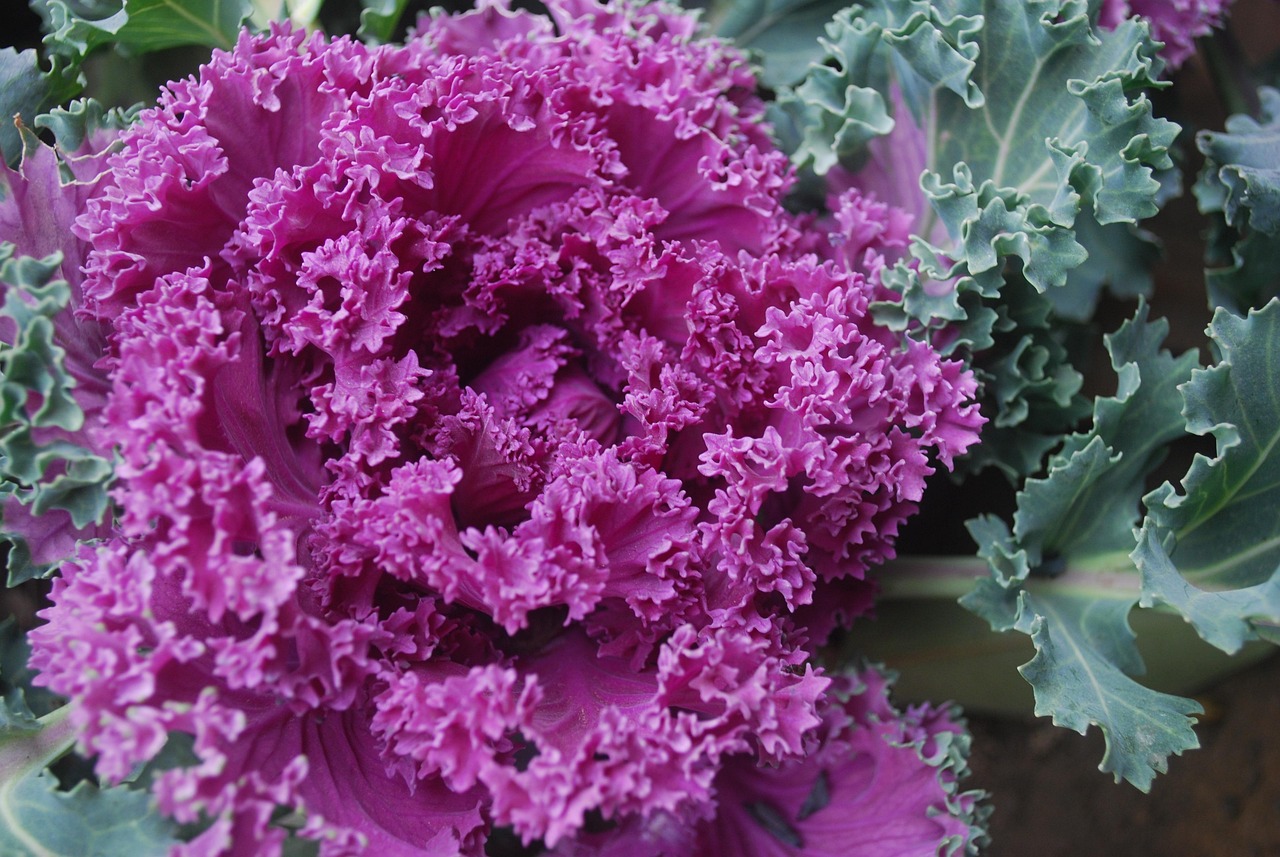
- Bloom-Like Appearance: Rosette-shaped foliage mimics flowers
- Color Range: White, pink, purple, and green
- Cold Hardy: Gets more vibrant with frost.
12. Sweet Alyssum (Lobularia maritima)
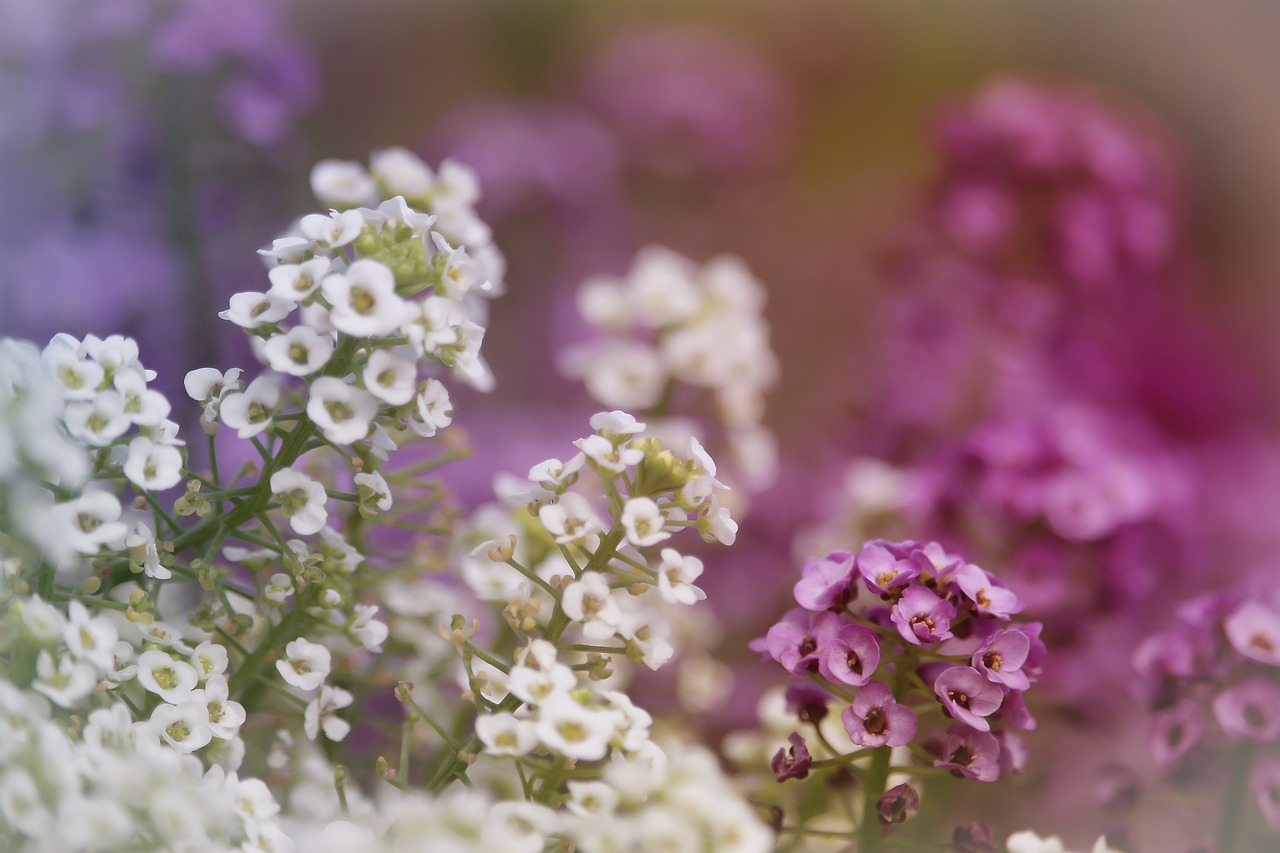
- Bloom Time: Fall through mild winters
- Scent: Sweet honey fragrance
- Perk: Excellent for borders and hanging baskets.
13. Calendula (Calendula officinalis)
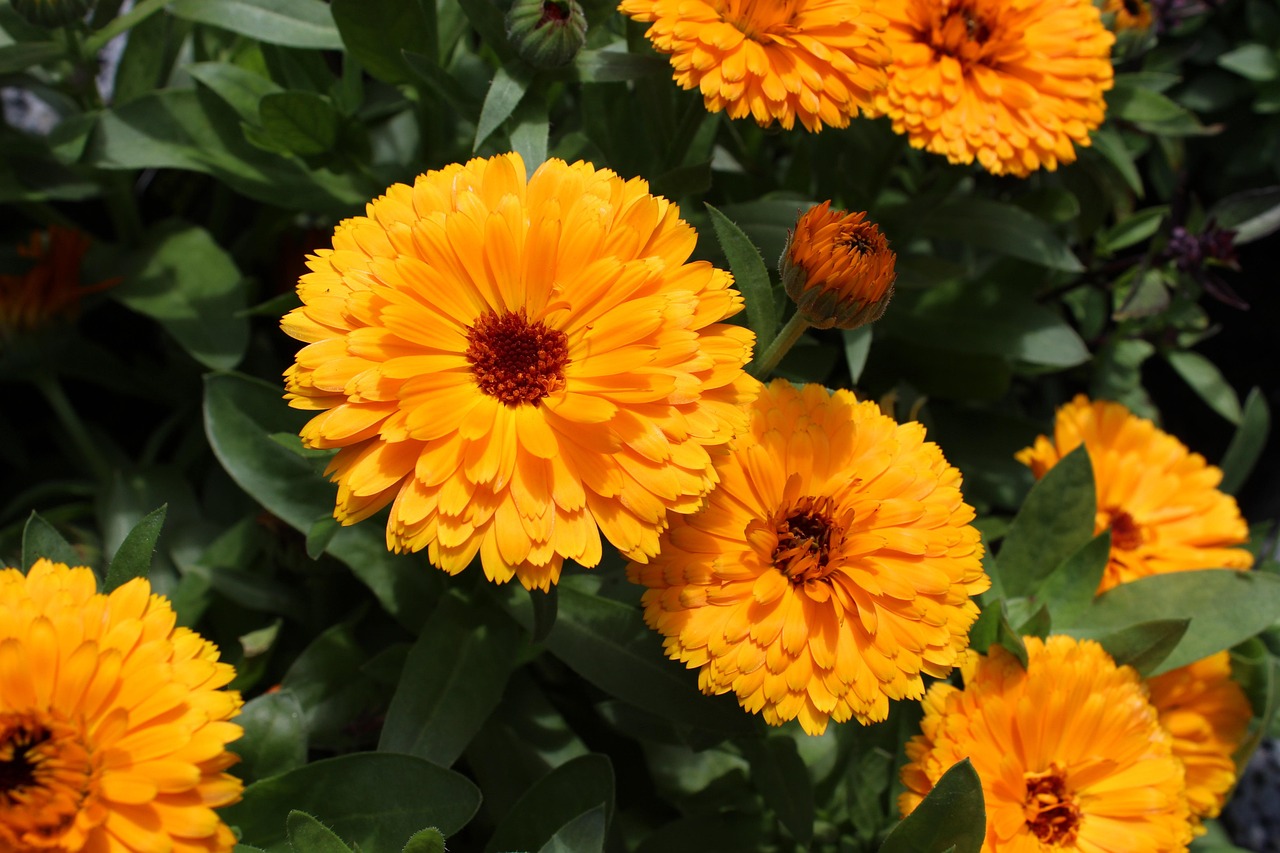
- Bloom Time: Fall into winter in mild zones
- Color Punch: Sunny yellow and orange blooms
- Bonus: Medicinal properties and edible petals.
14. Japanese Apricot (Prunus mume)
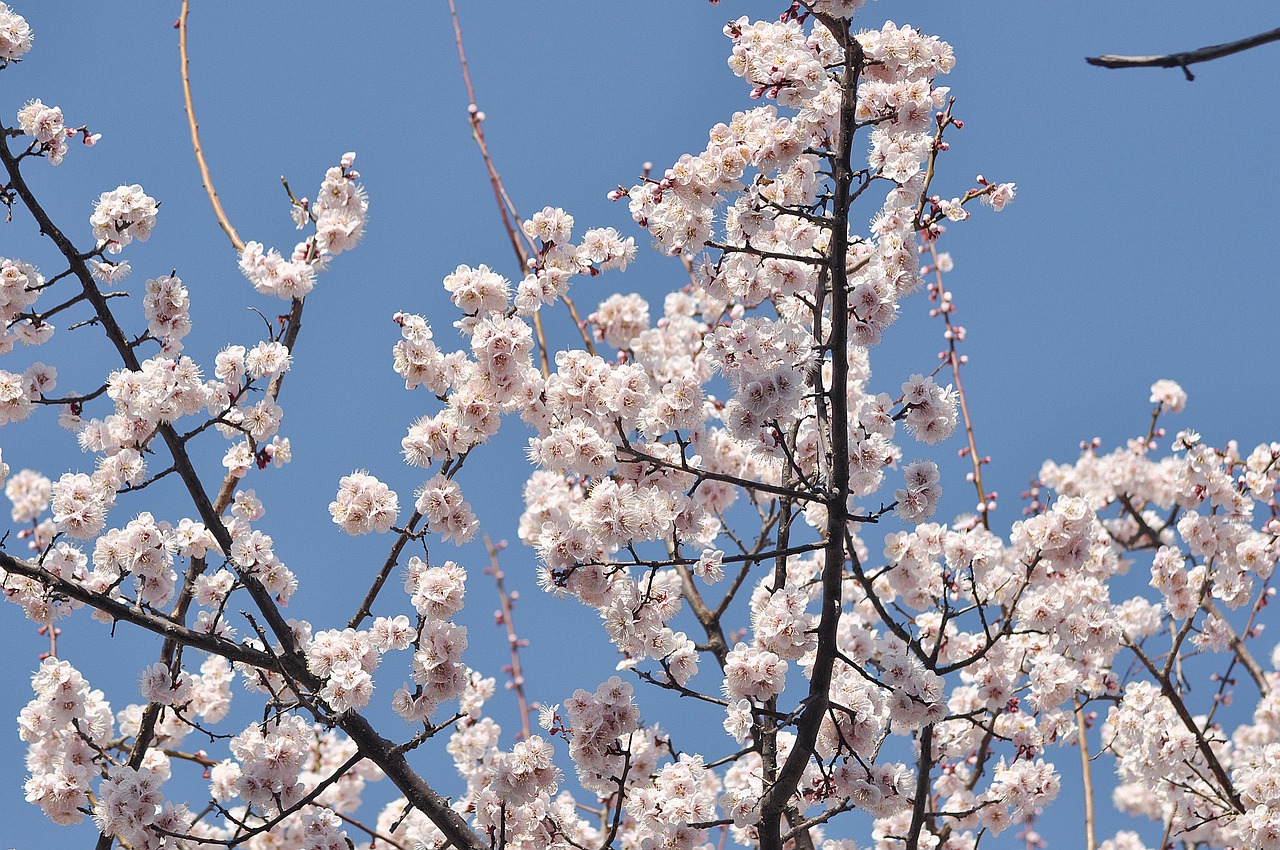
- Bloom Time: Late winter
- Standout Feature: Fragrant pink or white blossoms
- Perfect For: Adding early season drama to the garden.
15. Pieris Japonica (Lily-of-the-Valley Shrub)
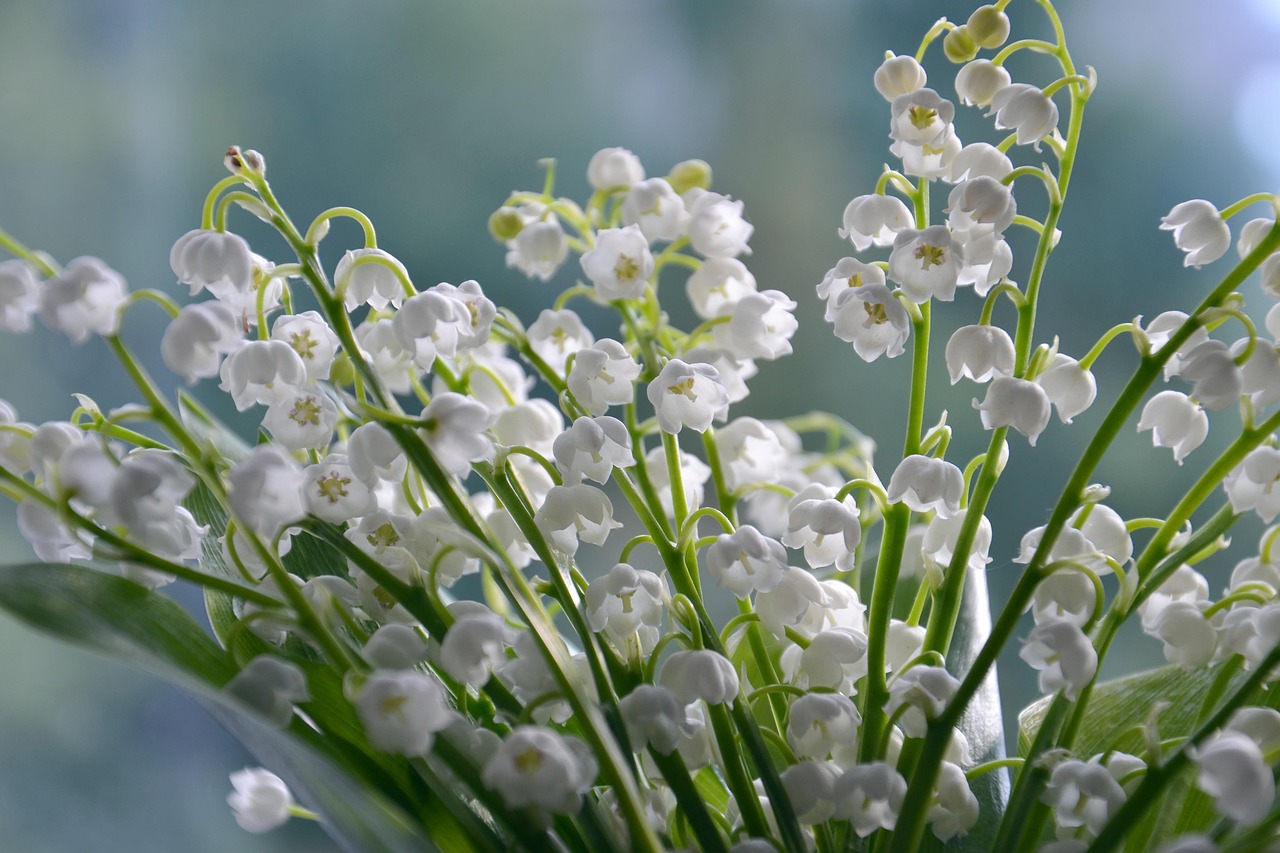
- Bloom Time: Late winter to early spring
- Floral Traits: Cascading clusters of bell-shaped flowers
- Evergreen: Adds structure to winter gardens.
16. Bergenia (Bergenia cordifolia)
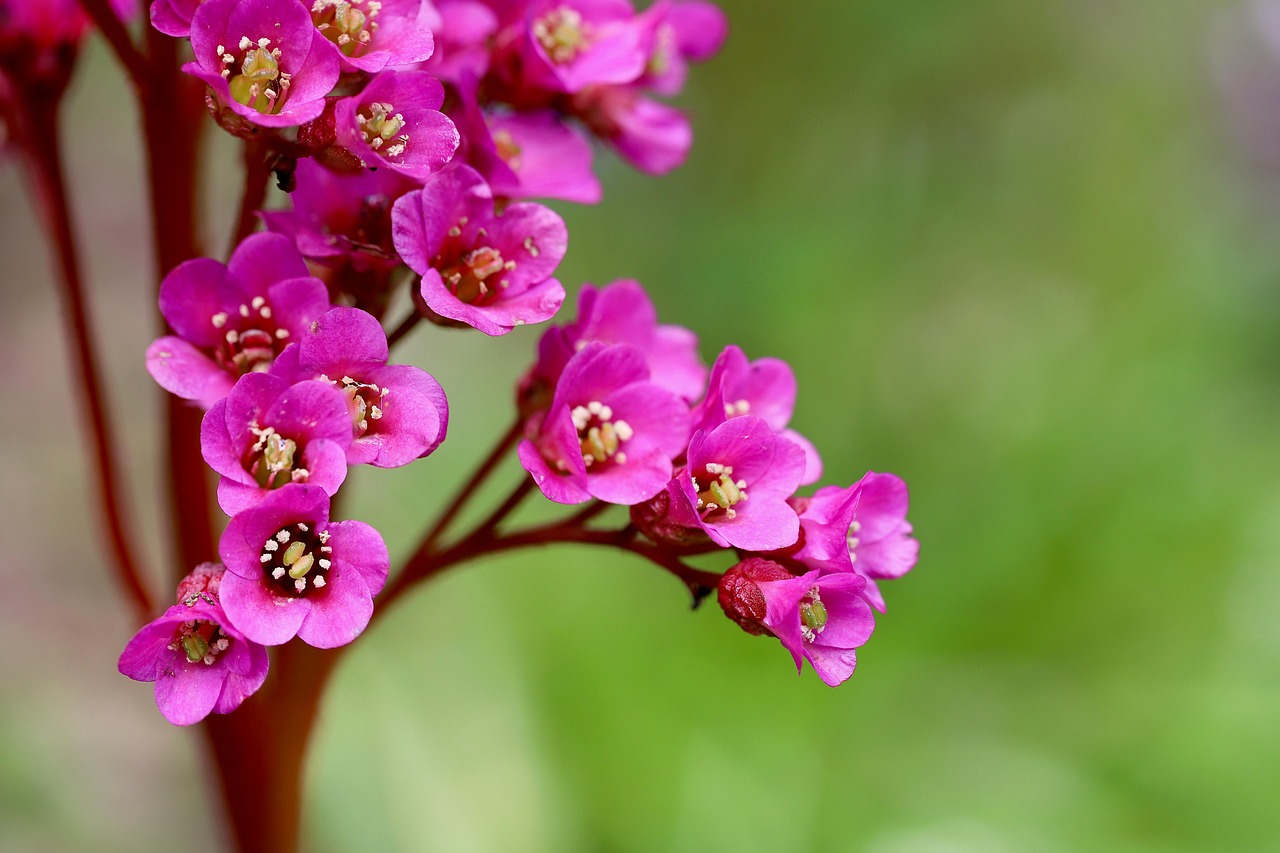
- Bloom Time: Late winter to early spring
- Nickname: “Pig squeak” due to the sound its leaves make
- Foliage Appeal: Large, glossy leaves that turn bronze in winter.
17. Paperbush (Edgeworthia chrysantha)

- Bloom Time: Mid to late winter
- Scent: Highly fragrant, yellow blooms
- Landscape Value: Striking form even when leafless.
18. Autumn Crocus (Colchicum autumnale)
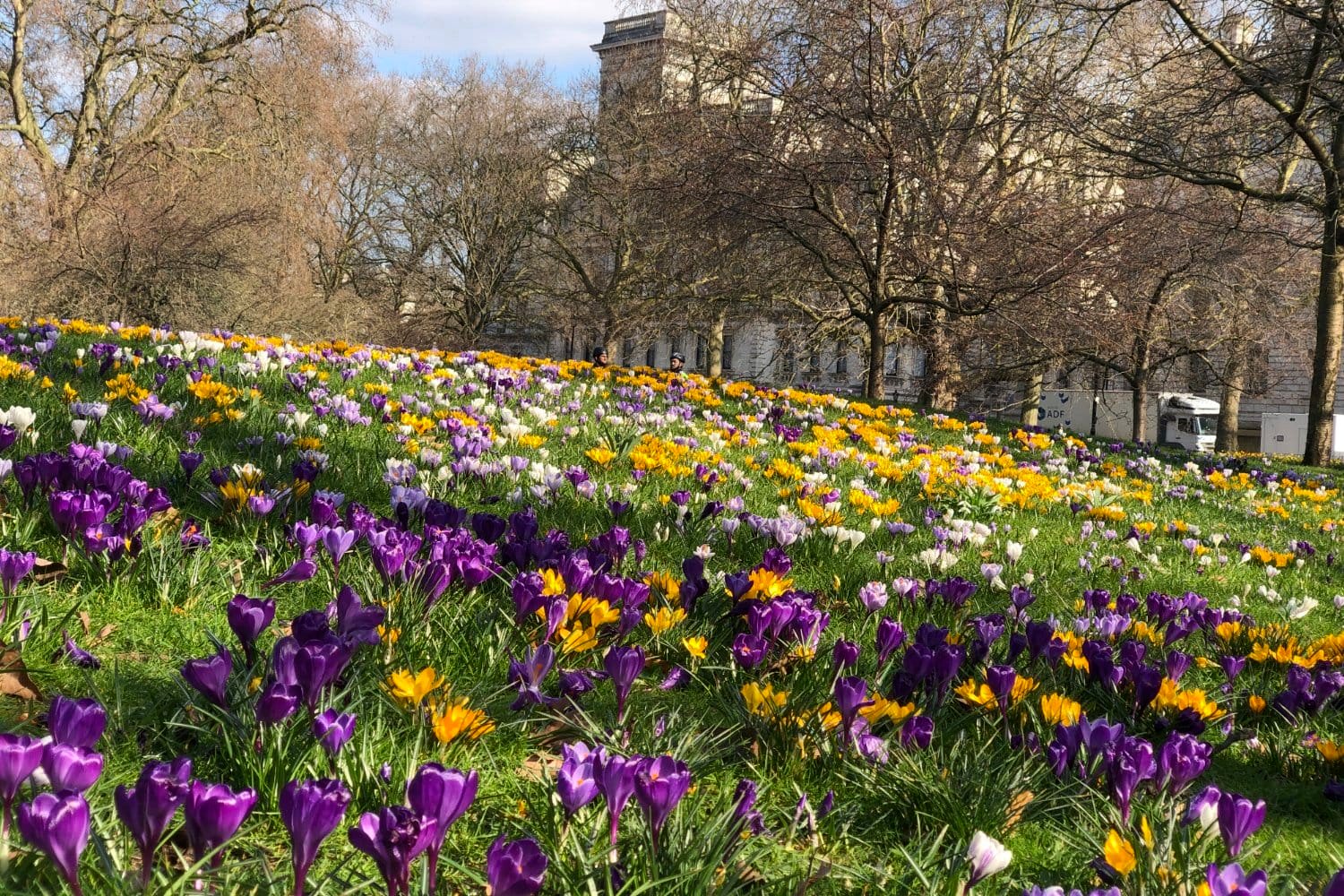
- Bloom Time: Fall
- Surprise Element: Blooms appear without leaves
- Note: Despite its name, it’s not a true crocus.
19. Daphne (Daphne odora)

- Bloom Time: Late winter
- Why It’s Loved: Intensely fragrant pink or white blooms
- Care Tip: Prefers part shade and well-draining soil.
20. Viola (Viola spp.)
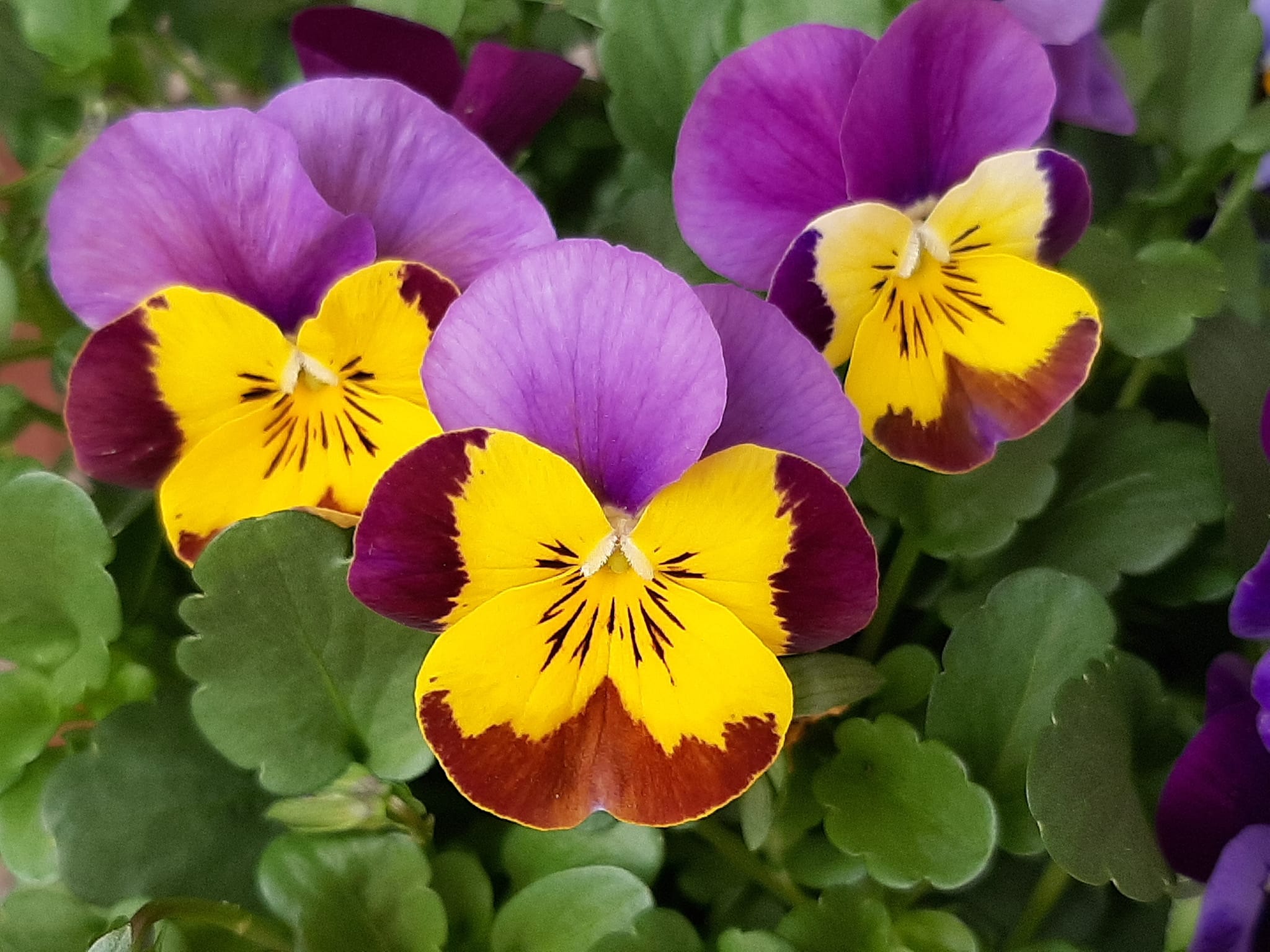
- Bloom Time: Fall into winter (mild regions)
- Difference From Pansy: Smaller but just as vibrant
- Bonus: Great for containers, beds, and edging.
Tips for Success with Fall and Winter Bloomers
Choose Your Zone Wisely
Not all fall and winter bloomers thrive in every climate. Check your USDA hardiness zone before selecting plants.
Prep the Soil
Cool-season flowers still need rich, well-draining soil. Add compost or mulch to keep roots warm and nourished.
Layer with Evergreens
Pair blooming plants with evergreens like boxwood or holly for contrast and structure.
Protect from Frost
Some blooms need protection from deep frost. Use cloches, frost cloth, or bring container plants indoors when necessary.
Can You Really Garden in Winter? Absolutely!
Gardening through the colder months is not only possible—it’s incredibly rewarding. While others are longing for spring, your garden can be alive with color, texture, and fragrance. These 20 plants that bloom in fall and winter prove that nature doesn’t hit pause when summer ends. With thoughtful planning and a little seasonal know-how, you can enjoy the quiet magic of blossoms against a frosty backdrop.
